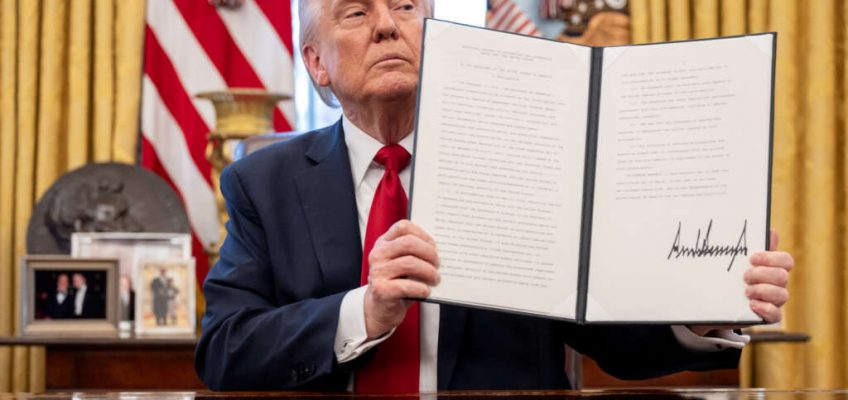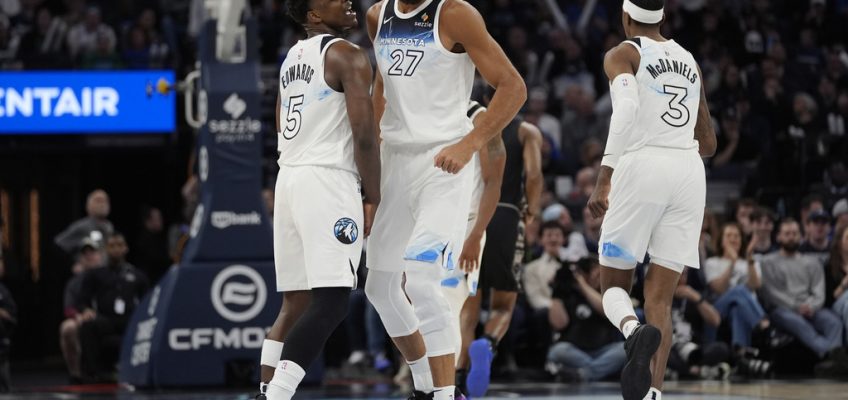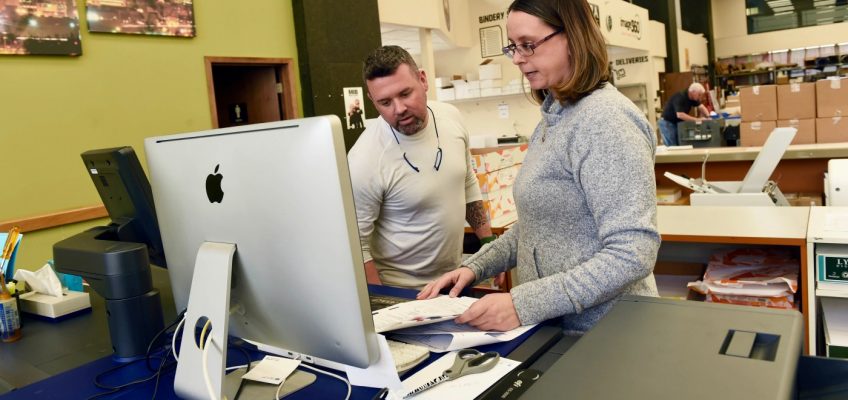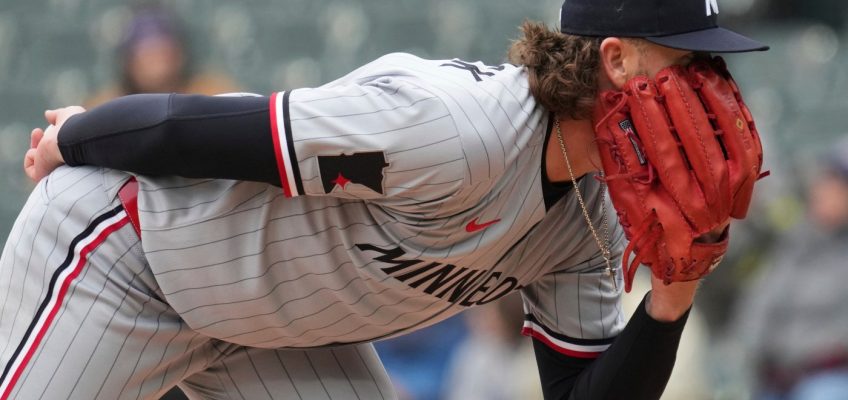“Las agencias tendrán flexibilidad para decidir cómo y cuándo ofrecer servicios en idiomas distintos al inglés para servir mejor al pueblo estadounidense y cumplir su misión”, dice la orden ejecutiva.
El presidente Donald Trump.
El presidente Donald Trump designó el inglés como idioma oficial de los Estados Unidos el 1 de marzo, como parte de su agenda America First (América primero).
Con esta orden ejecutiva la administración Trump revoca la orden ejecutiva firmada por el expresidente Bill Clinton en agosto de 2000 que obligaba a las agencias federales a prestar servicios a las personas con conocimientos limitados del inglés.
Si bien la orden de Trump no obliga a las agencias a dejar de ofrecer documentos traducidos y servicios de traducción; ahora dependerá de los directores de las agencias la decisión de prestar estos servicios o no.
“Las agencias tendrán flexibilidad para decidir cómo y cuándo ofrecer servicios en idiomas distintos al inglés para servir mejor al pueblo estadounidense y cumplir su misión”, dice la orden ejecutiva.
La orden supone una victoria para el English-only movement (movimiento sólo inglés) y organizaciones sin ánimo de lucro que forma parte de este movimiento como ProEnglish, que ha sido designada como grupo de odio por el Southern Poverty Law Center.
El 78 por ciento de las personas mayores de 5 años sólo hablan inglés en casa en los Estados Unidos, según cifras del Pew Research Center, y desde hace tiempo se exige a los inmigrantes que demuestren su dominio de la lengua antes de obtener la ciudadanía.
Si bien el Pew Research Center no encuestó directamente a los estadounidenses sobre la orden ejecutiva, una encuesta realizada antes de las elecciones de 2024 arroja luces al respecto.
Cerca de la mitad (51 por ciento) de los estadounidenses dice que es extremadamente o muy importante hacer del inglés la lengua oficial.
Algunos adultos estadounidenses son más propensos que otros a decir que el inglés debería ser la lengua nacional. El 73 por ciento de los republicanos encuestados por el PEW, por ejemplo, piensa que es supremamente importante. El 71 por ciento de las personas mayores de 65 años también cree que es muy importante.
Así que para hablar sobre las percepciones de los estadounidenses sobre la importancia del idioma inglés como idioma oficial del país, invitamos a Mark Hugo Lopez, coautor del artículo corto y director de investigación sobre raza y etnicidad en el Pew Research Center.
Más detalles en nuestra conversación a continuación.
Ciudad Sin Límites, el proyecto en español de City Limits, y El Diario de Nueva York se han unido para crear el pódcast “El Diario Sin Límites” para hablar sobre latinos y política. Para no perderse ningún episodio de nuestro pódcast “El Diario Sin Límites” síguenos en Spotify, Soundcloud, Apple Pódcast y Stitcher. Todos los episodios están allí. ¡Suscríbete!
The post PODCAST: ¿Qué opinan los estadounidenses de volver el inglés el idioma oficial del país? appeared first on City Limits.




